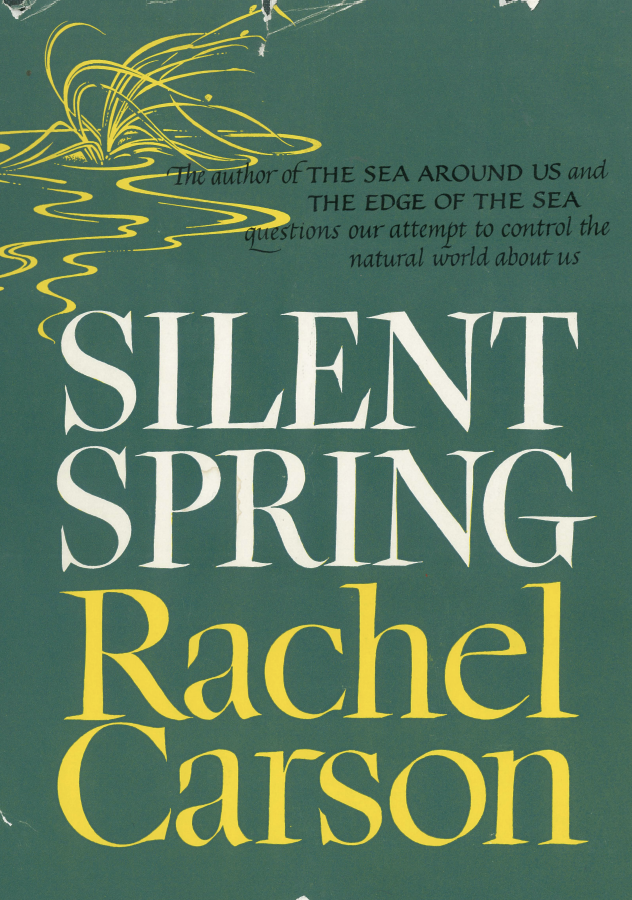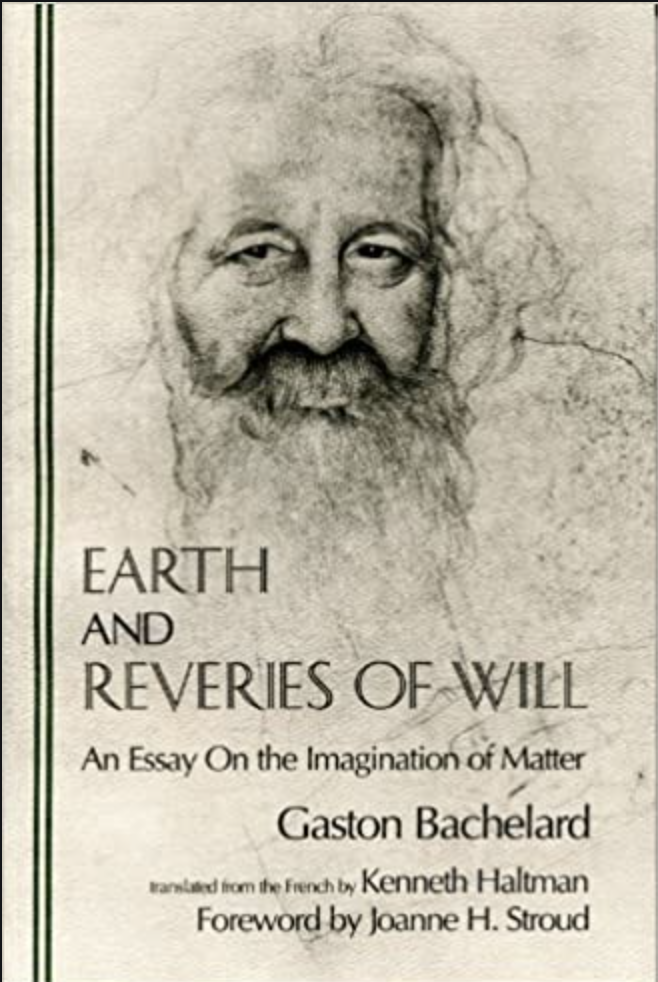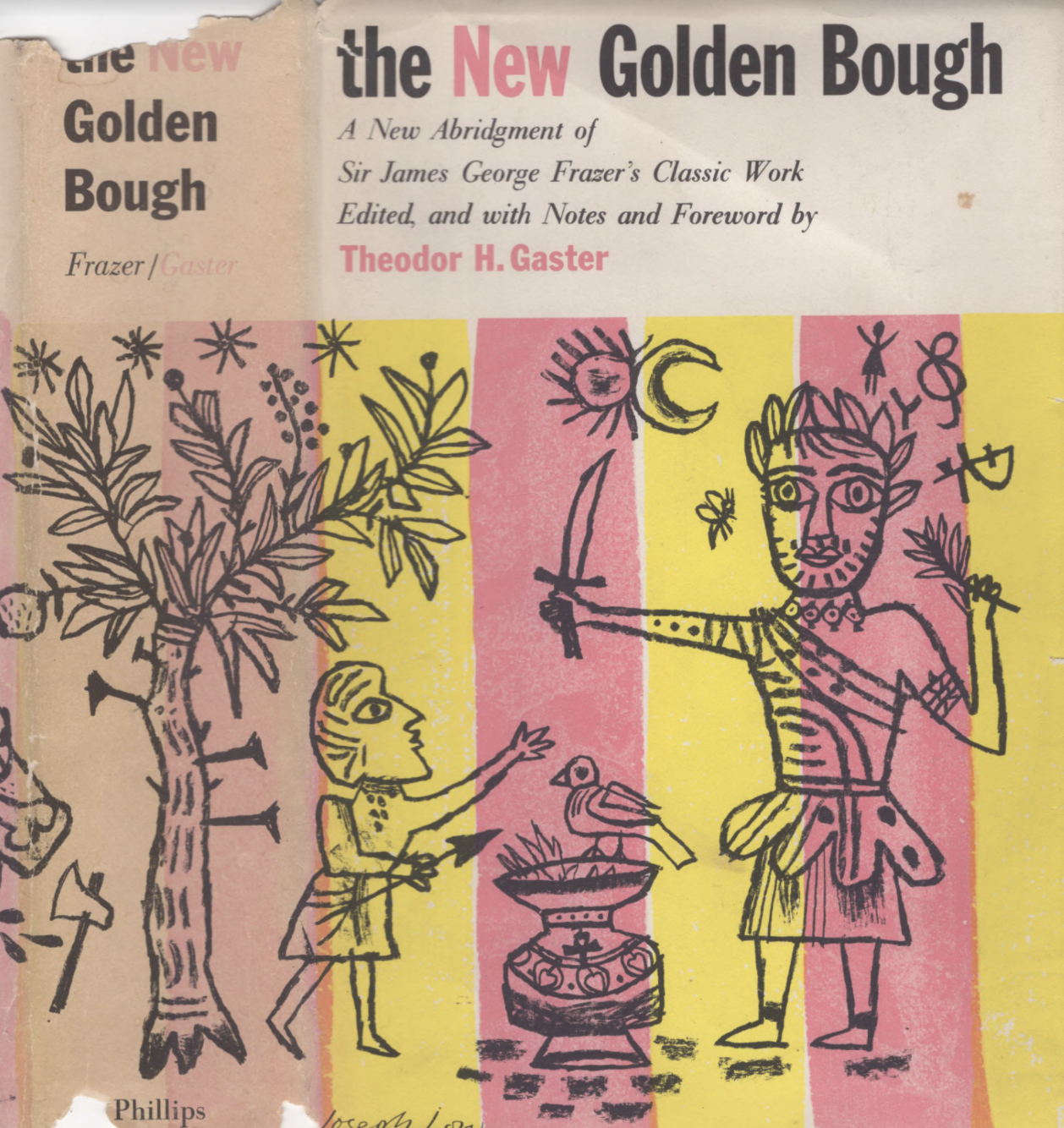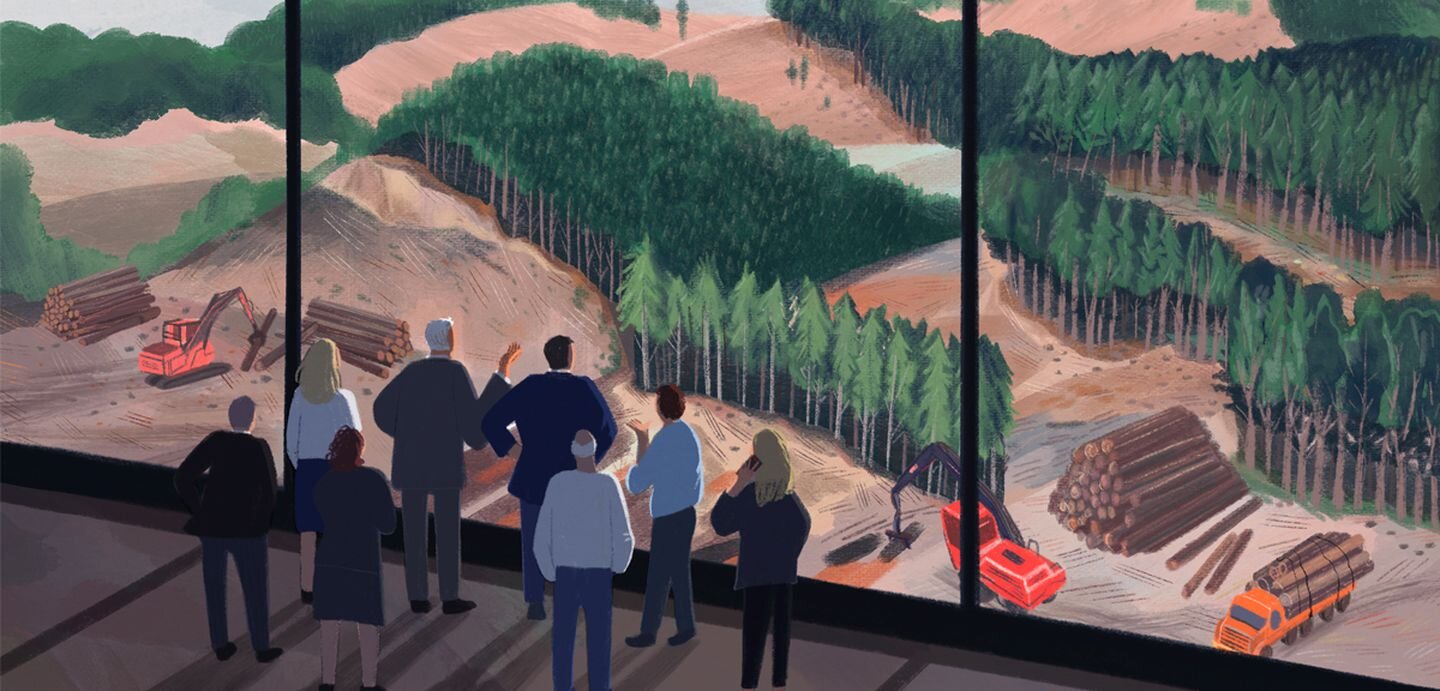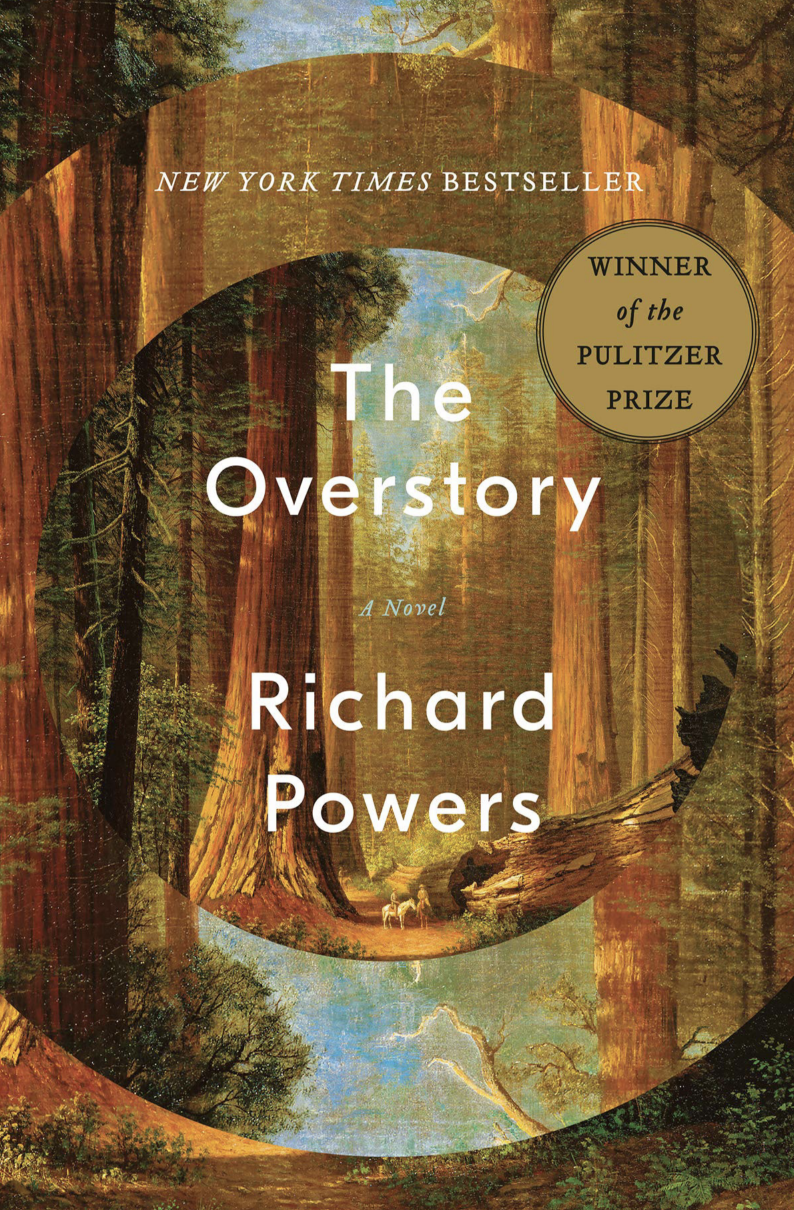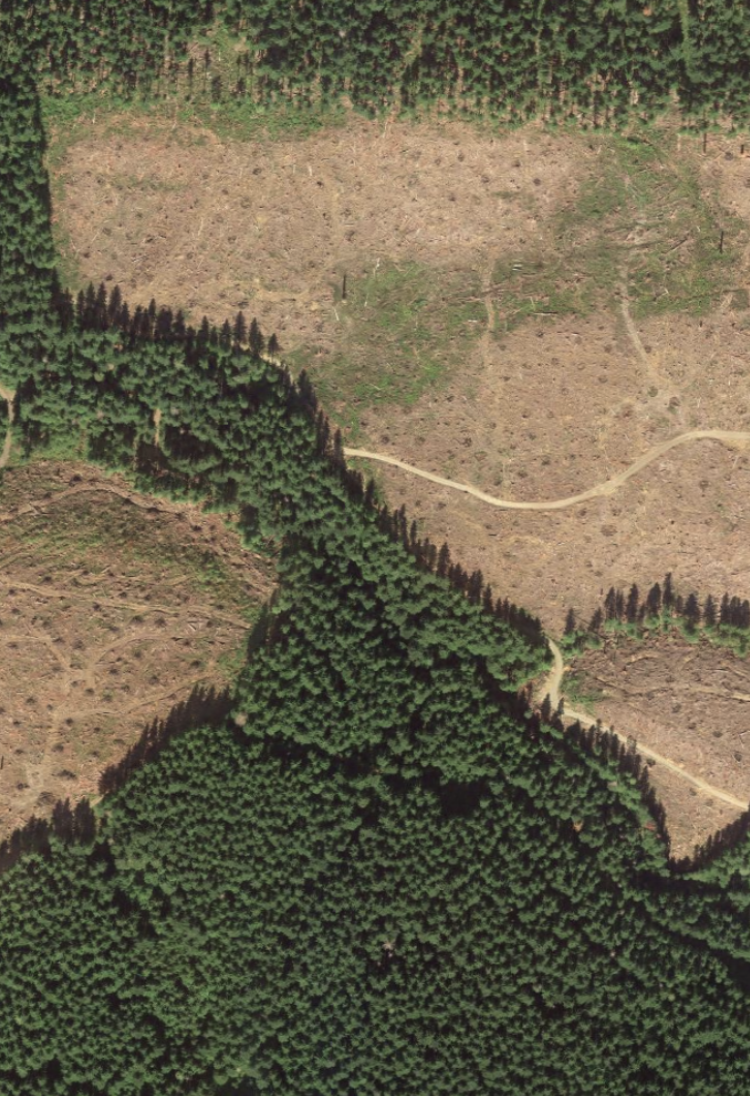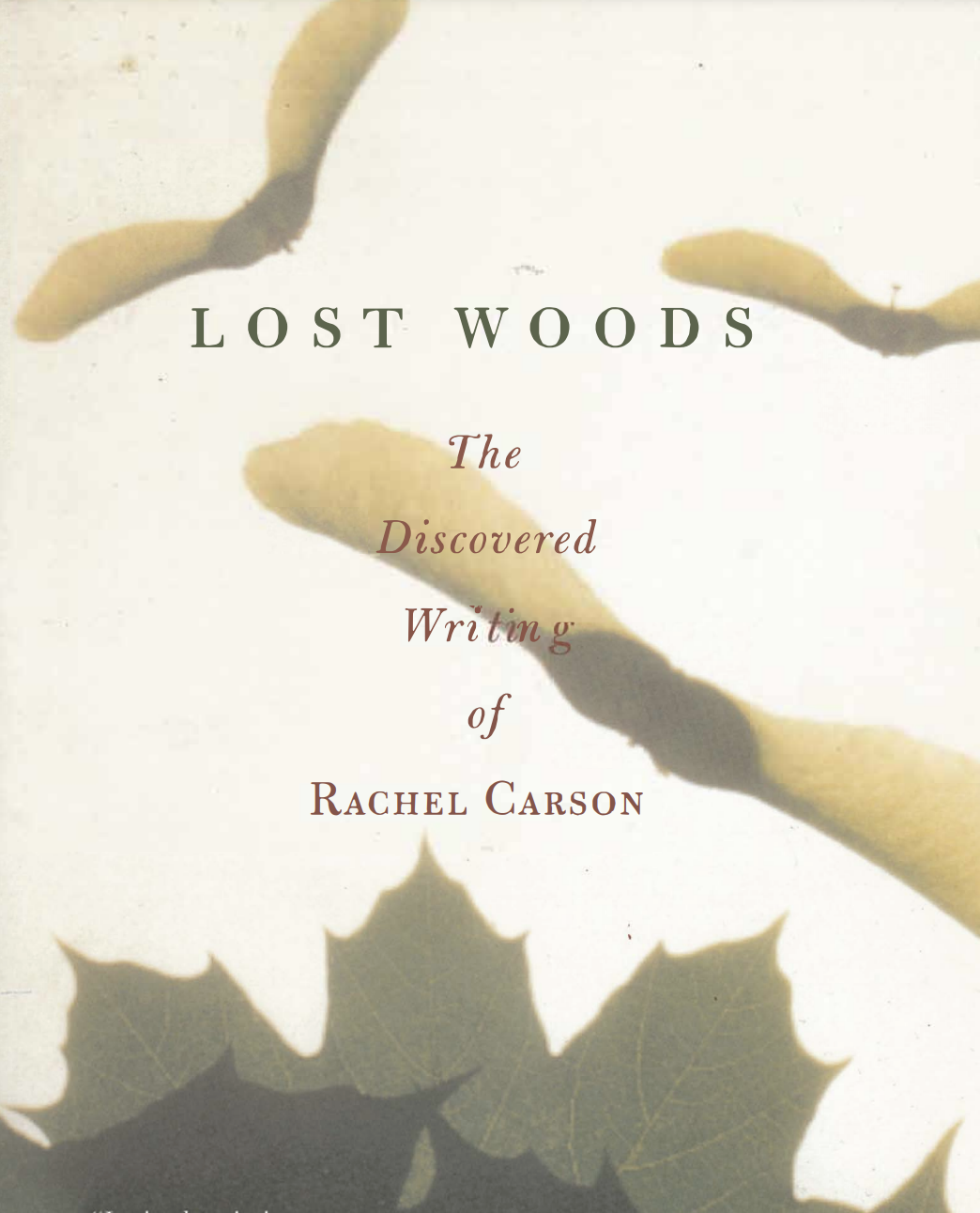AN OPEN LETTER FROM THE OREGON INSTITUTE FOR CREATIVE RESEARCH
REGARDING THE PROPOSED TRANSFER OF OWNERSHIP OF THE ELLIOTT STATE FOREST, PUBLIC LAND, TO A COLLEGE OF FORESTRY IN CORVALLIS, OREGON, WITH CLOSE TIES TO THE TIMBER INDUSTRY AND A LONG HISTORY OF MISMANAGEMENT, INCLUDING, MOST RECENTLY, THE CLEARCUT OF 16 ACRES OF OLD-GROWTH FOREST, SOME OF WHOSE TREES WERE HUNDREDS OF YEARS OLD; A COLLEGE OF FORESTRY WHOSE MEMBERS AND LEADERSHIP APPARENTLY HAVE NOT BOTHERED TO READ THE UNITED NATIONS-BACKED REPORT ON CLIMATE DISASTER OR EVEN TO LOOK AROUND THEM AT WHAT IS HAPPENING TO OUR WORLD, INCLUDING MASSIVE WILDFIRES ACROSS THE ENTIRETY OF THE WEST, SOME OF WHICH ARE BURNING STILL, AND A DEVASTATING PANDEMIC, ITSELF WITNESS TO, AND THE DIRECT RESULT OF, THE HUMANS’ RELENTLESS DECIMATION OF NATURE, A WORLD INCREASINGLY INCOMPREHENSIBLE TO THEM
THE DEADLINE FOR SIGNING UP TO PRESENT TESTIMONY, WRITTEN OR SPOKEN, AT THE STATE LAND BOARD IS TODAY—MONDAY, DECEMBER 7, 2020, 10:00 A.M., with the meeting itself taking place on Tuesday, December 8, 2020
NOTE: A single sentence of opposition is powerful.
Sign up here: https://www.oregon.gov/dsl/ Board/Pages/SLB.aspx
State Land Board to Consider Elliott State Research Forest Proposal
(If these links do not work, google “State Land Board meeting on the Elliott State Forest”)
*Please note that the date listed on the State Land Board website for the “State Land Board to Consider Elliott State Research Forest Proposal” event is incorrect. The meeting did not take place on Wednesday, December 2. It is scheduled to take place on Tuesday, December 8. In addition, the title for the event is deeply misleading. “Finalize” might be more appropriate than “consider.”
___________________________________________________
The Elliott State Forest is Oregon’s first state forest, dating back to 1930, and the state’s last remaining public forest that has not been completely logged. Home to massive Douglas Firs as well as Western Hemlock, Western Red Cedar, Bigleaf Maple, and Red Alder, the forest is in danger of permanent damage and decimation as the Oregon State Land Board, the Oregon Department of State Lands, the Advisory Board, and the College of Forestry, Oregon State University, continue to move forward as though a single entity in complete agreement with a plan that will transfer the ownership of the Elliott to the College of Forestry, Oregon State University, widely known for its ties to the timber industry, its clear-cutting ventures, and its ambition to lead the development of cross-laminated timber, an industry that, despite recent product failures, promises to net several billion dollars in the not-so-distant future.
We reject entirely and categorically the give-away of the Elliott State Forest, variously estimated to consist of 82,000-93,000 acres. The forest is home to 220+ species, including the threatened Northern Spotted Owl and the Marbled Murrelet. The OSU plan threatens further all of the creatures who make the Elliott their home. Those engaged in facilitating and advancing this process must know that what they are doing is wrong—nay, absolutely damning—yet they continue on, despite the fact that we now know that 360,000 acres of Northern Spotted Owl habitat burned in the fires that swept through Oregon this past summer. According to the Forest Service, more than half of this land will no longer be suitable for the owls and their progeny, who, notably, require 3-5 weeks to hatch and 6 more weeks before they are ready to leave the nest. Given the climate crisis overtaking us at greater and greater velocity and increasing climatological fluctuation, it is not even clear whether Douglas Firs will be able to survive in the Pacific Northwest. The region may be becoming too dry. Accordingly, to cut down an old fir today is simply unforgivable. In the future, it will no doubt be considered a crime. We may never see such giants again—not in our lifetimes, not in our children’s lifetimes, not perhaps in the history of the world. Given what we know now, any further destruction of the Elliott should be considered an “extinction event.”
According to the DSL’s website, letters from the public will be used to “assist DSL and OSU [Oregon State University] in identifying areas where additional information, discussion, or consideration may be needed.” We refuse entirely the notion of providing “feedback” on a proposal whose aims, goals, intentions, conditions, and processes must be rejected out of hand, and we oppose in no uncertain terms the very idea of logging one of the last great forests in the Pacific Northwest and the compromised process that made this idea acceptable in the first place. With our world on fire, forests and habitats being destroyed literally by the minute, and a plague covering almost the entirety of the planet, we're simply out of forests and out of time. To put it simply, we don’t need any further “research” or “management” of the kind OSU has in mind.
In truth, we don’t even know what a forest is. What we do know is that the few forests still standing should remain as forests. Instead of respect and awe, we find in OSU’s plan of takeover only greed and business as usual. Instead of the obvious goal of the perpetuity of the Earth, we find only short-sightedness and cynicism. Instead of frank and direct discussion, we see only proceduralism, the displacement and occlusion of goals, ideals, and values with mere process. Instead of calling things by their name, the drafters of the plan employ obfuscatory language that, automatically, indeed, almost “naturally,” turns a tree into “roundwood.” In answer to the question of whether the public might buy back its own forest, DSL’s Deputy Director of Operations replied in the negative.
We at the OICR have addressed this issue for some time now, and have learned a lot over the past year and a half. We have corrected mistakes as we’ve proceeded. We have filled in gaps and lacunae of knowledge and understanding. We have carried out hours and hours of research. We have read the May 2019 IPBES Global Assessment Report on Biodiversity and Ecosystem Services, the most comprehensive ever completed. (If we’re not wrong, two of its authors are professors at OSU. Have they not been consulted about the Elliott State Forest?)
We have also read the OSU Proposal and the Revised Proposal for the Elliott, along with the Habitat Plan. The more we have learned, the more shocked and appalled we have become. (Many processes, notably, succeed in moving people in the opposite direction.) We attended an information meeting on the Elliott transfer, conducted by administrators from OSU and administrators from DSL, at the Oregon State University Portland Center, located in the old Meier & Frank Building in downtown Portland, on September 24, 2019. “[Department of State Lands Communications Manager] Ken Armstrong said his agency expects to hear opinions from a wide range of people — from conservationists who care about wildlife habitat to people from the timber industry who want to learn more about future logging in the Elliott,” noted writer Monica Samayoa of the meeting. “ Even if the plan is accepted, Oregon State University will still have to find a way to meet the purchase price for the Elliot: over $200 million.” (See https://www. opb.org/news/article/elliott- state-forest-oregon-state- university-portland-hearing/ .) As it turns out, OSU is paying nothing, and offering nothing, for the Elliott State Forest. Indeed, as the university stated last week in a public meeting, it will actually need $24.8 million of funds, just for starters. Needless to add, public land should not be for sale. Nor should it be given away.
On December 10, 2019, seven of us drove down to Salem, where we testified before the State Land Board, a three-member body consisting of the Governor (Kate Brown), Secretary of State (Bev Clarno), and Treasurer (Tobias Read). We sat through many hours of testimony from members of the advisory board, the Acting Dean of the School of Forestry, and other key players in the hand-off of the Elliott Forest. We sat, and we waited, and we listened; we sat through endless testimony as to why handing over the Elliott to OSU was good for the State, wonderful for the people of Oregon, and fabulous for the trees and the species that live in, on, and among them.
Some time thereafter, Governor Brown announced that she had to leave, at which point (then) Secretary of State Bev Clarno chose to turn to a different matter entirely, despite the sizable crowd of people who had come to testify about the Elliott and who had been told they could testify. When, at the very end of the day, members of the public, many of whom had travelled far to get to the capital, were finally allowed to speak, if briefly, they testified overwhelmingly against the transfer. OICR created and distributed a pamphlet devoted to the thoughtless destruction of one of the oldest Douglas Firs in all of Oregon, perhaps one of the oldest Douglas Firs in the world—a tree that shared the earth with Shakespeare.
More recently, we attended a zoom meeting of the advisory meeting, and two listen-in meetings. We were shocked to discover that witnesses to the Advisory Board meeting were not allowed to show their faces. Such techniques of dehumanization only reinforce the disingenuous nature characterizing all of the meetings and forums that have been devoted to the fate of the Elliott State Forest.
We oppose the transfer of the Elliott to OSU for many reasons, not the least of which is the fact that OSU’s College of Forestry has not shown a record of treating its many forests with care, concern, and respect. We can point to the decimation of the sixteen acres of Old Growth called No Vacancy, in which numbers of ancient trees were leveled. After great public outcry, OSU apologized for its “mistake.” Nonetheless, those magnificent trees, we have been told, were sent off to several local sawmills for lumber. What seems to pass for research is cutting and harvesting timber for substantial monetary returns.
We say stop. People have put in a lot of hours, yes, but much of it seems wrong-headed. The world has changed a lot in the last two years. Massive fires have swept across the West, destroying forests and habitat for millions of animals. A plague has enveloped the earth. Let us stop and take what we now know and have a reasoned discussion about the Elliott, one that is informed by a non-partisan advisory committee, that is, one in which no one has an interest in the timber or lumber industry; one in which there is representation by citizens, both informed and perhaps baffled; one that takes into account the UN-backed report on the climate and its warnings about the end of our enterprise called life on earth. (Again, we are particularly keen to open this discussion, given that two OSU professors were instrumental in helping to write that report.) We must have this discussion knowing that climatic conditions are such that cutting down trees may be a catastrophic event; that is, given our hotter, drier climate, they may never grow back again. We need to have the discussion knowing now that the Trump administration has chosen as one of its last acts to gut the Migratory Bird Treaty Act of 1918, which will lift protection on both the Northern Spotted Owl and the Marbled Murrelet. The decision about the Elliott is too important, too crucial, not just for OSU and the citizens of Oregon, but for the planet itself, to do otherwise.
Everyone knows a lot more than they did two years ago, even a few months ago; the earth is changing fast, and we cannot make decisions now that will bind the Elliott to some decisions that will last into the future, nay, that will be set in print through legislation. This is more than a matter of saving face and moving ahead. No one is right or wrong—only the Elliott is correct and natural and right, but it obviously has no voice, at least no human voice. The forest has no spokesperson, nor do the many species that live within that forest. It is not enough to keep paying attention to owls and murrelets when there are countless creatures, those that have escaped our human inventory. We might want to pull in some other kinds of experts here, like Suzanne Simard, a biologist at the University of British Columbia, who writes about the way the trees and the underlying soil fungi relate to each other, take care of each other, if you will, and keep the forest and its infinite number of tiny creatures and its finite number of large creatures vibrantly alive.
OSU owns some fifteen [correction, 12/12/20: ten] other research forests. Let the Elliott breathe, let it stand. Let it be, if it must, lightly managed. The Earth did very well for millennia without our heavy hand dislodging its many riches and treasures, without our scraping, digging, and cutting. If we are to survive as a species, we must learn to back off, leave things alone, walk and move more delicately. We have ten years to reduce greenhouse gases, and twenty more to reduce those gases to zero. Otherwise, we and the Elliott and the idea of research, as well, will all be gone or damaged to such a degree as to become unrecognizable. The COVID-19 pandemic, a novel zoonotic disease, serves to remind us all of what it means for the world to become unrecognizable. It happened in a flash. Some say it is just the beginning. According to the great and inimitable Jane Goodall, what is happening to our world is the direct result of a complete disregard for nature and an utter disrespect for animals. We couldn’t agree more.
Stop now. Stop the process, thank everyone for flushing out some of the issues. Thank a system that has in it a failsafe mechanism so that we can stop, take the courage to say we need to take an entirely different stance, one that recognizes the fragility of the earth rather than the solidity of the established timber industry.
We invite you to join us this Friday night, December 11, and the following Friday night, December 18, for the OICR Forest Seminar. Please visit < www.oicr-e4.org> in the next day or so for more information. Readings will be posted shortly, and include Rachel Carson’s “No Birds Sing,” Gaston Bachelard’s “Intimate Immensity,” and Sir James George Frazer’s “Departmental Kings of Nature,” among others. These fundamental, indeed crucial, readings offer us a completely different understanding of a forest not as an artificial assemblage of what OSU would prefer to call “wood fiber product” and “above ground biomass” but rather as a living, breathing entity and sovereign domain.




